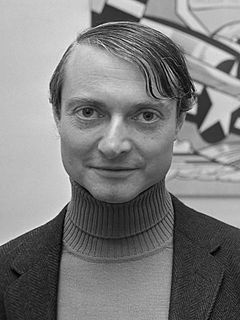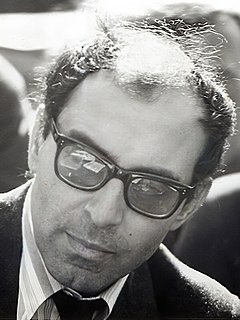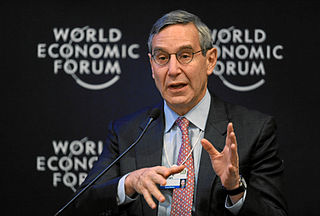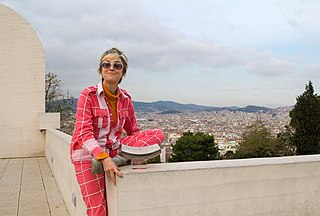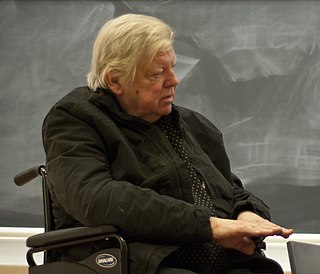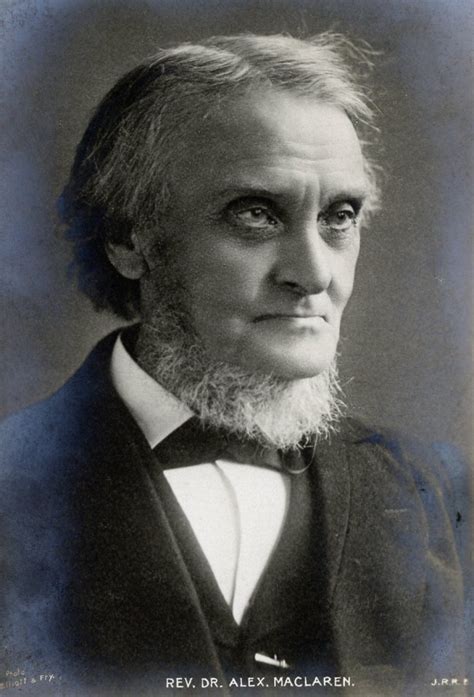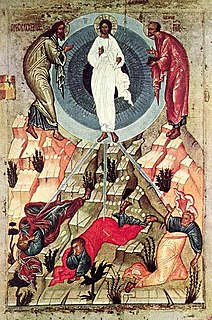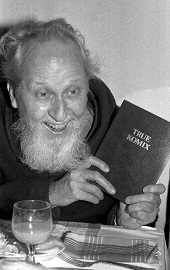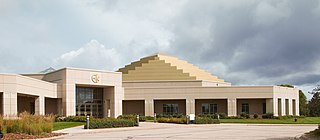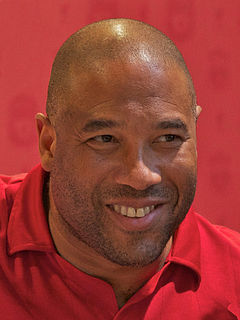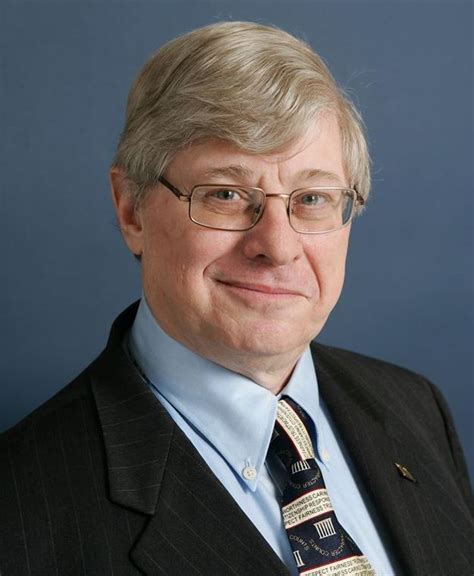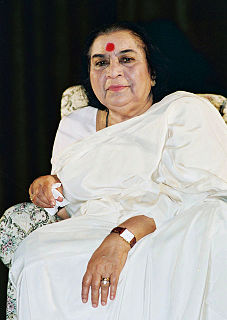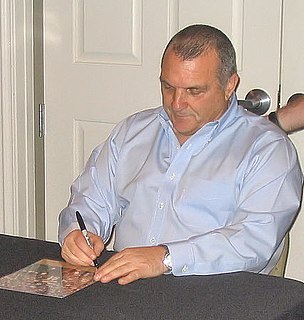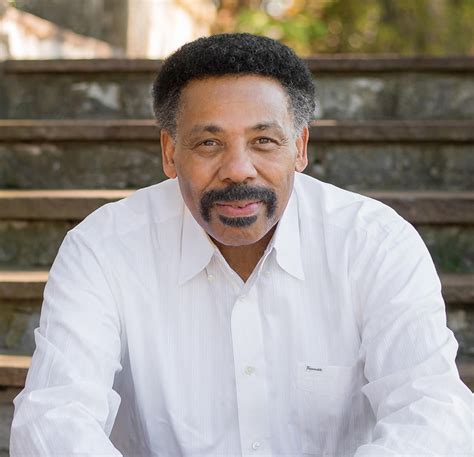A Quote by Jimenez Lai
I see architecture as a form of communication over time.
Quote Topics
Related Quotes
Communication requires cultural context, and technology facilitates our ability to cross-reference ideas over time. Charles Moore were saying: Enough with the sterile, context-less architecture. Enough with the functional-minded frame of operation. How about a little mess? How about a little, let's say, syntax? A little quotation using history? How about some other meanings or symbols? I think that's the only logical reaction when you have to thoughtfully manage the communication of a lot of information.
When we come to understand architecture as the essential nature of all harmonious structure we will see that it is the architecture of music that inspired Bach and Beethoven, the architecture of painting that is inspiring Picasso as it inspired Velasquez, that it is the architecture of life itself that is the inspiration of the great poets and philosophers.
So here I stand before you preaching organic architecture: declaring organic architecture to be the modern ideal and the teaching so much needed if we are to see the whole of life, and to now serve the whole of life, holding no traditions essential to the great TRADITION. Nor cherishing any preconceived form fixing upon us either past, present or future, but-instead-exalting the simple laws of common sense-or of super-sense if you prefer-determining form by way of the nature of materials.
The short form, speed, and consistency of communication by Trump beat Clinton's nuanced, detailed, and long-form communication. Trump came across as more genuine, Clinton as less than transparent. Trump engaged directly with his community; Clinton spoke through the media in a careful and less frequent manner.
I want to try to come away from that one directional, clear rectangular form. It's not used because it's the most beautiful form; it's just the practical thing. That's why our TVs are rectangles. Even in modern architecture, they want us to believe, "That's the nicest, most beautiful thing." I love modern architecture, but actually it's that they cannot afford amorphous shapes or ornaments.




